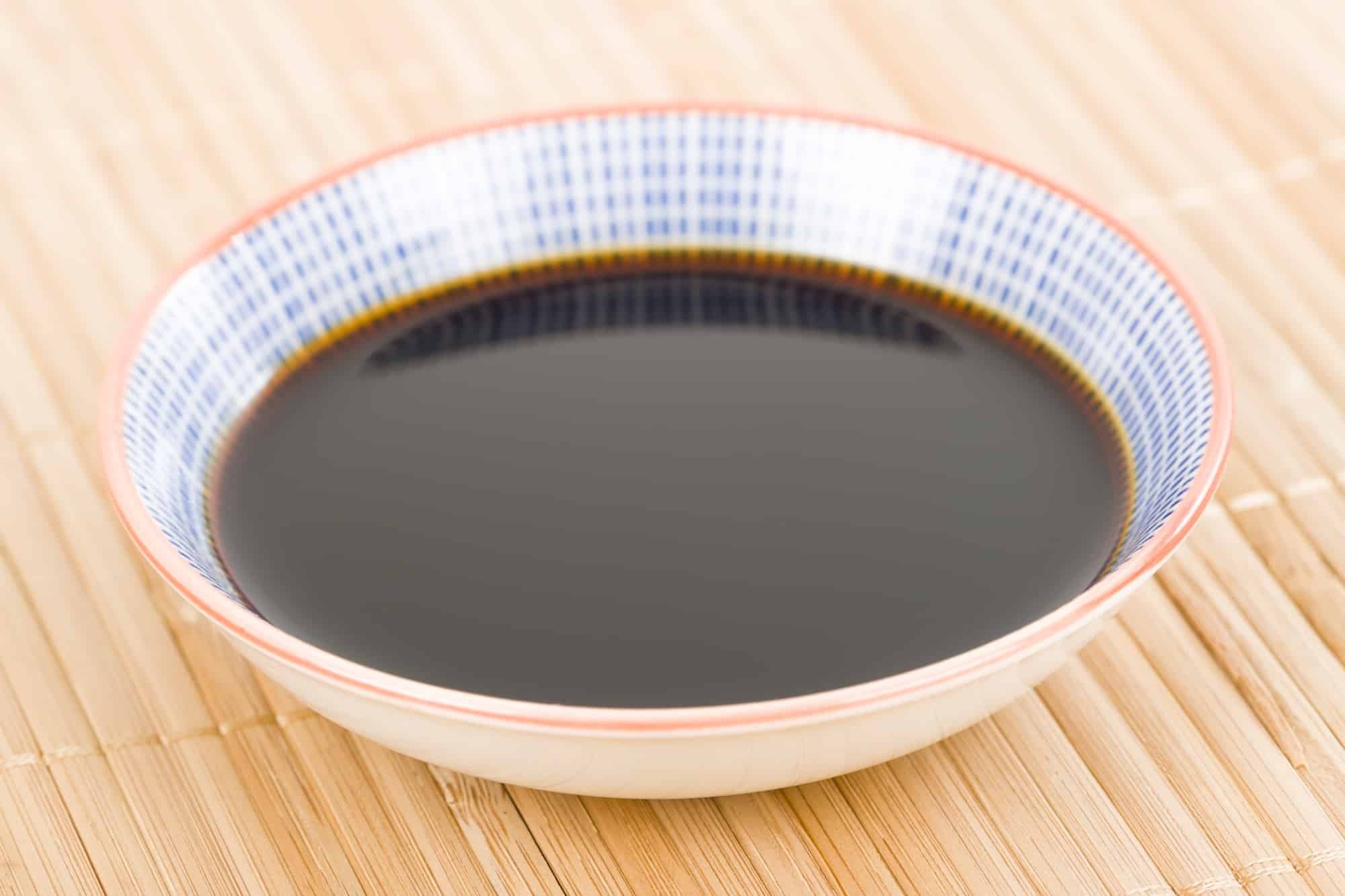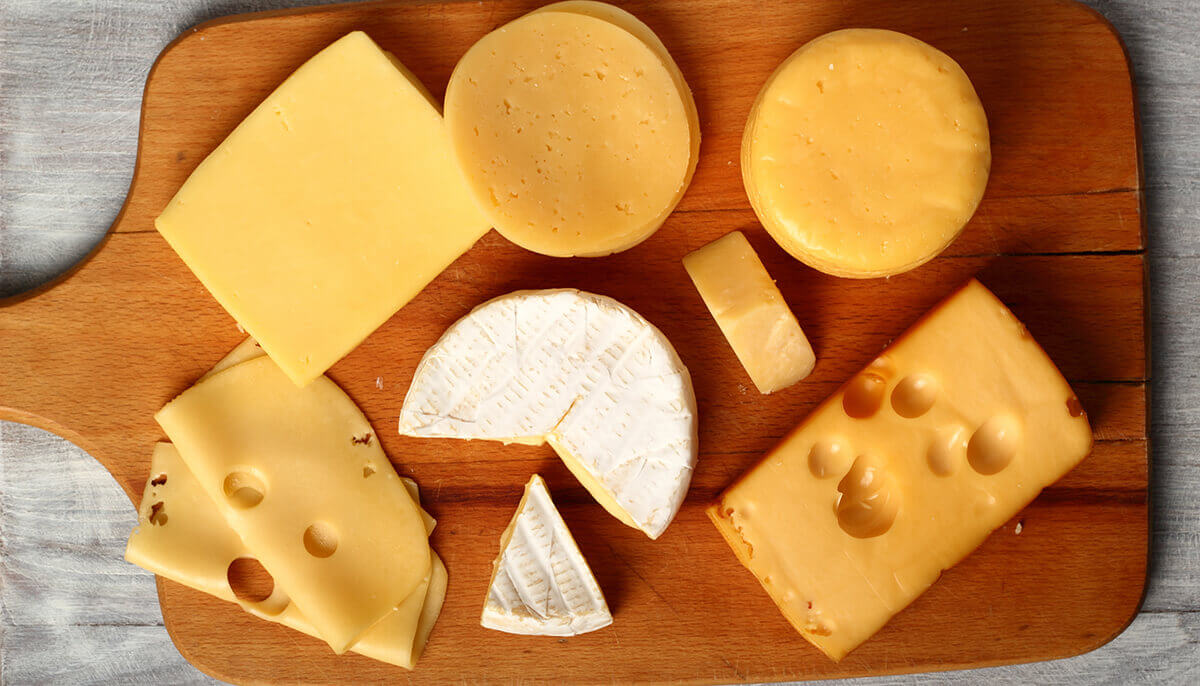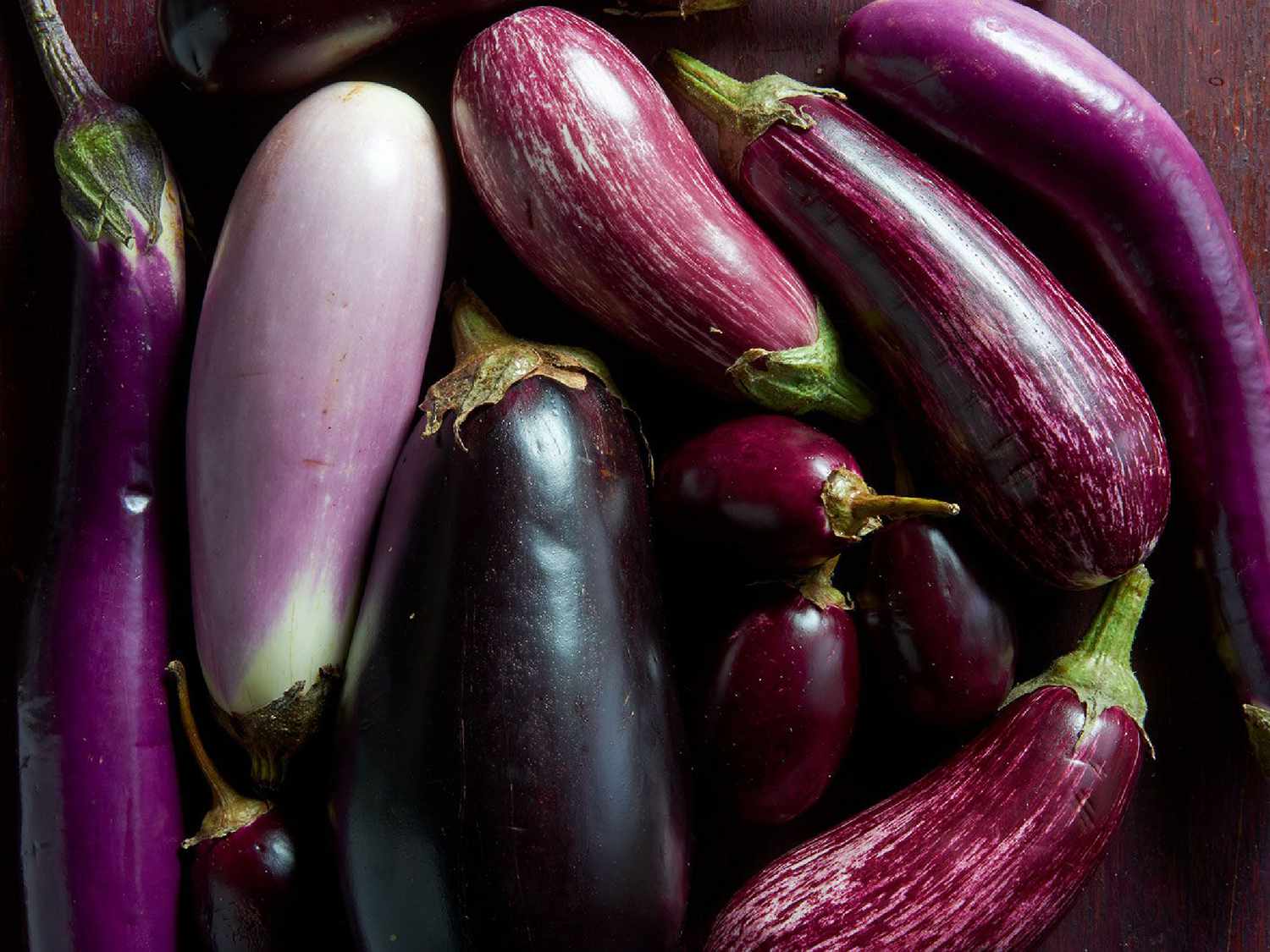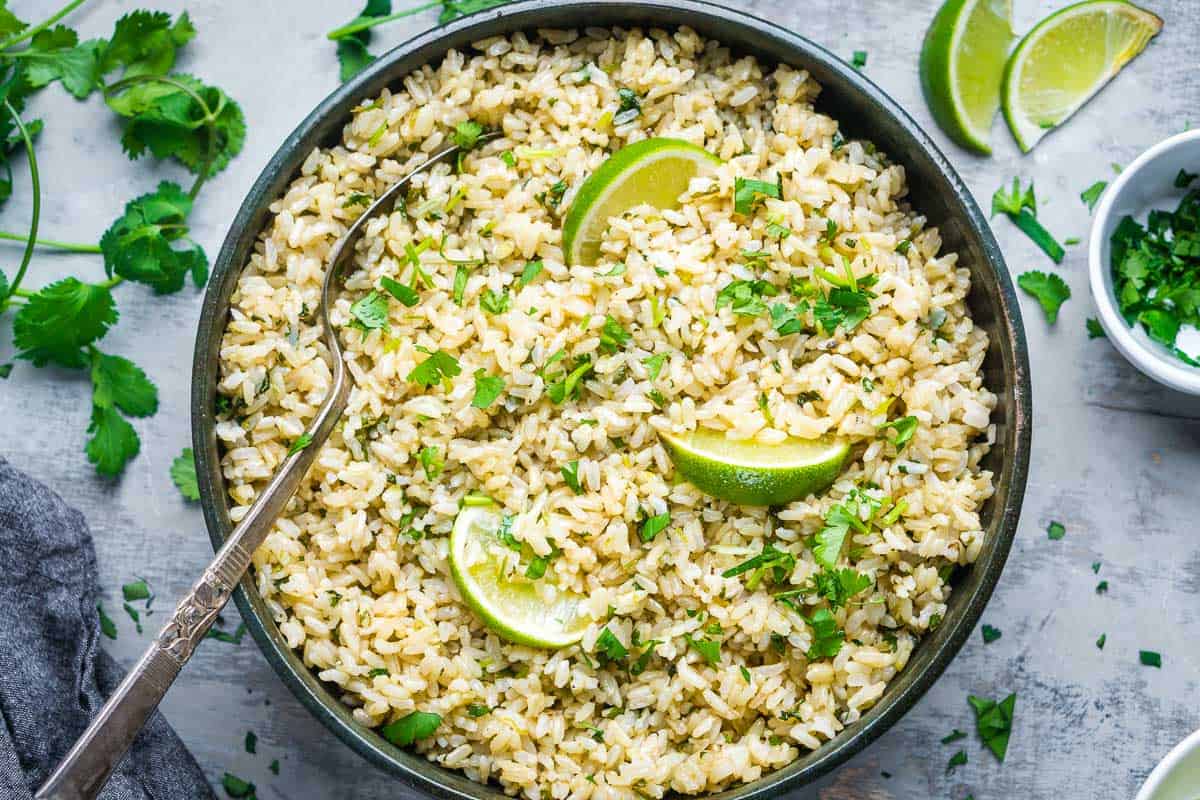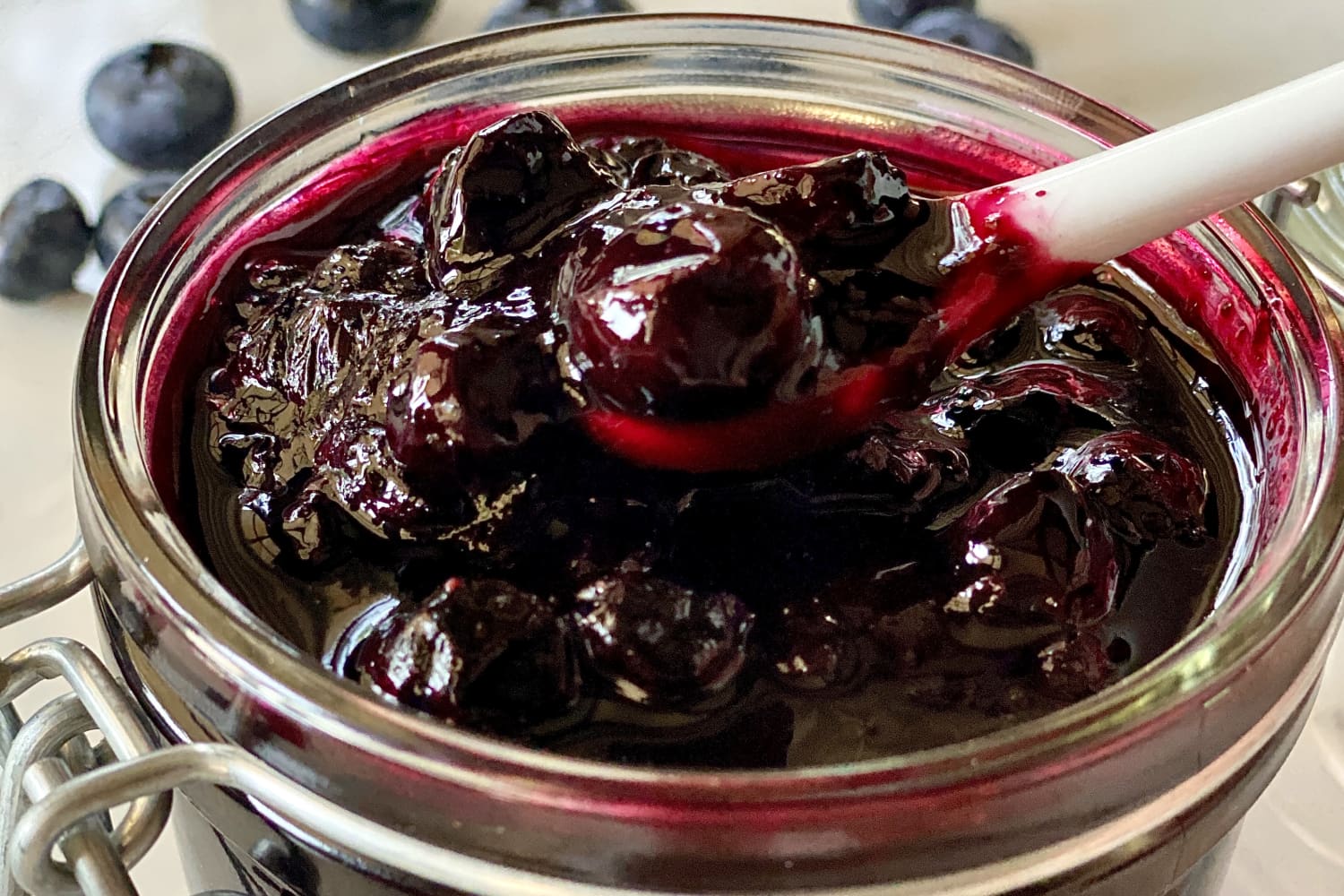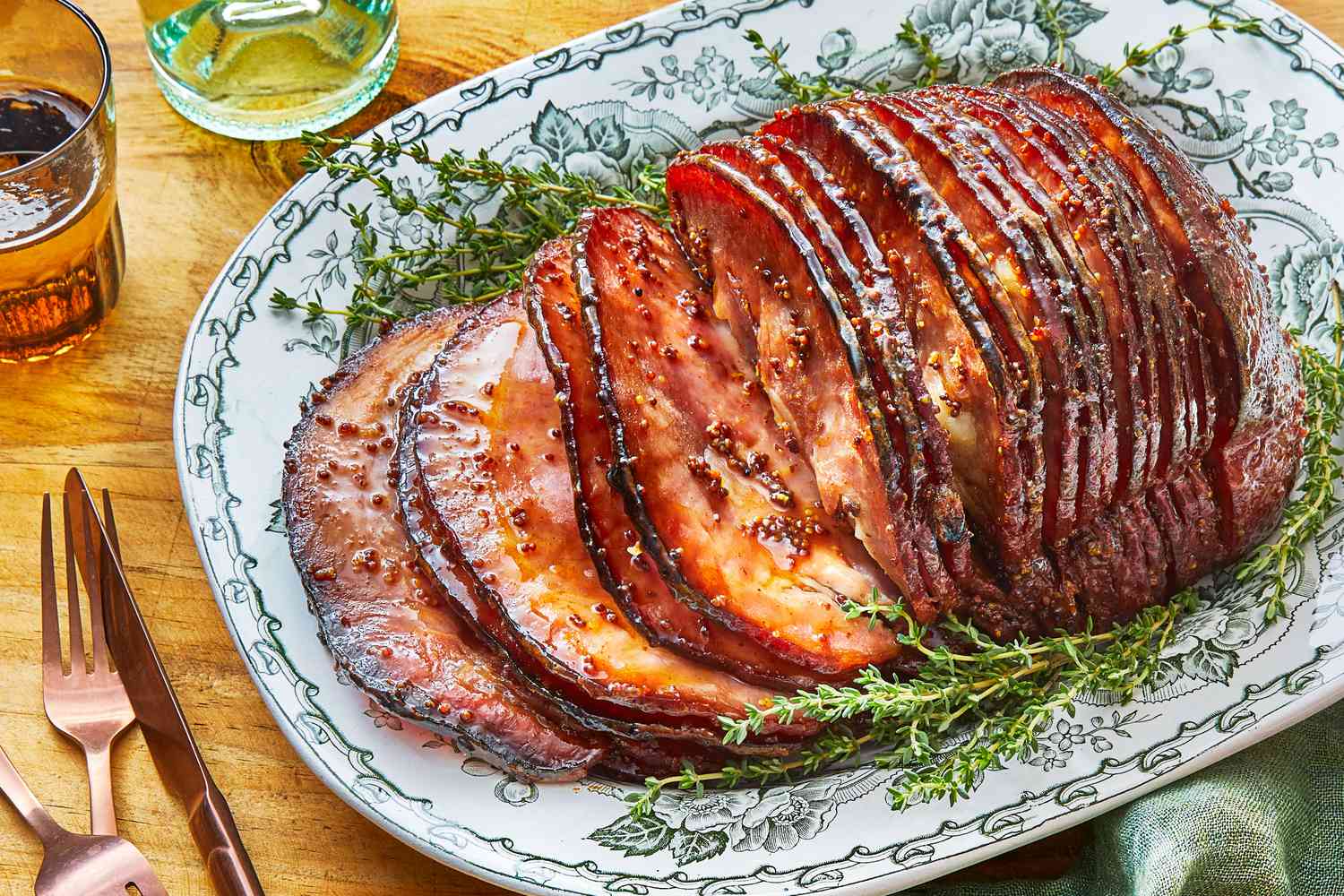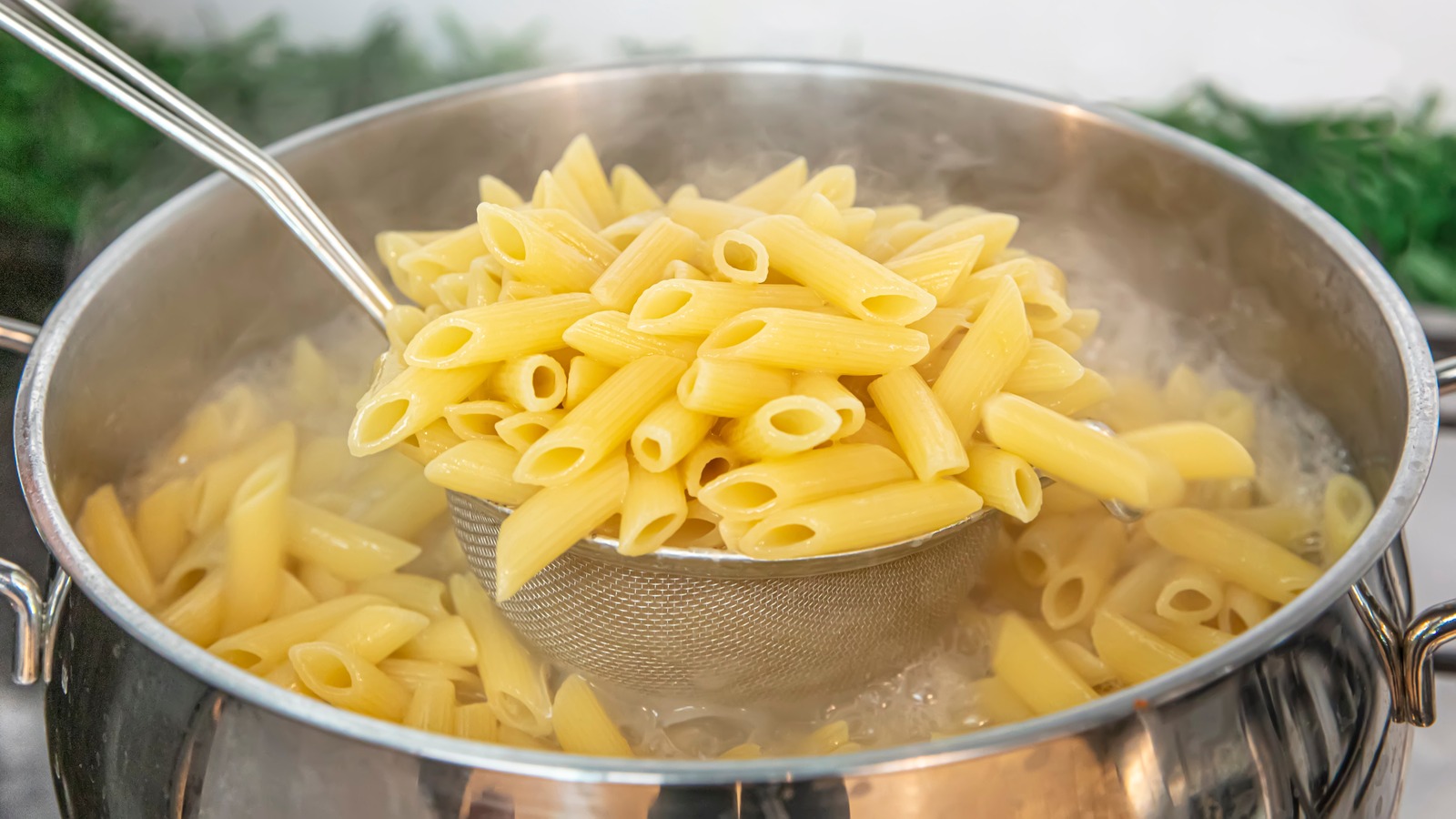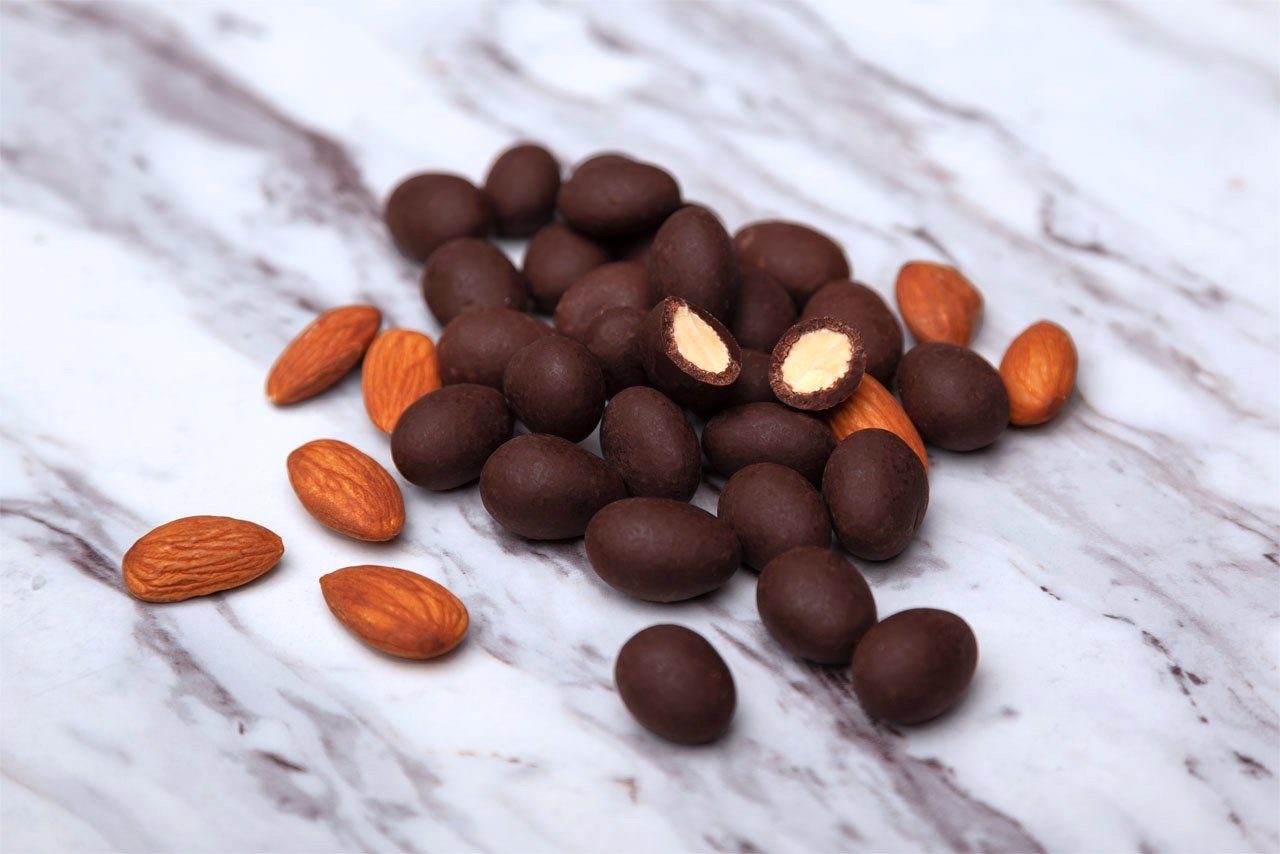All About Beef Tallow
Beef tallow is a type of fat that comes from beef. It has been used in cooking and various other applications for centuries. In recent years, it has gained popularity due to its unique properties and potential health benefits. Let’s take a closer look at what beef tallow is and why it’s worth considering for your kitchen.
What is Beef Tallow?
Beef tallow is a rendered form of beef fat. It is solid at room temperature and has a high smoke point, making it ideal for frying and deep-frying. Tallow is rich in nutrients, including vitamins A, D, E, and K, as well as healthy fats like conjugated linoleic acid (CLA) and omega-3 fatty acids.
Uses of Beef Tallow
Beef tallow has a wide range of uses, including:
- Cooking: Tallow is excellent for frying and sautéing due to its high smoke point and rich flavor.
- Baking: It can be used in place of butter or oil in various baking recipes, adding a unique richness to the finished product.
- Skincare: Tallow has moisturizing properties and can be used in homemade soaps and skincare products.
- Candle making: Tallow can be used as a sustainable and long-burning alternative to traditional candle wax.
Benefits of Beef Tallow
There are several potential benefits to using beef tallow:
- High smoke point: Tallow can withstand high heat without oxidizing, making it a stable cooking fat.
- Nutrient-dense: It contains essential vitamins and healthy fats that are beneficial for overall health.
- Flavorful: Tallow adds a rich, savory flavor to dishes, enhancing the taste of fried and baked foods.
- Environmentally friendly: Tallow can be sourced from sustainable and grass-fed cattle, making it an eco-friendly option.
How to Use Beef Tallow in Cooking
When using beef tallow in cooking, it’s essential to keep a few things in mind:
- Store it properly: Keep tallow in an airtight container in a cool, dark place to prevent it from going rancid.
- Use it for frying: Tallow’s high smoke point makes it perfect for frying foods like french fries, chicken, and vegetables.
- Combine with other fats: Tallow can be mixed with other cooking fats like olive oil or butter to create unique flavor profiles.
Conclusion
Beef tallow is a versatile and nutrient-dense fat that can be a valuable addition to your kitchen. Whether you’re looking for a stable cooking fat, a flavorful ingredient for baking, or a natural skincare product, tallow has you covered. Consider incorporating beef tallow into your culinary and self-care routines for a taste of tradition and potential health benefits.
Was this page helpful?
Read Next: What Is 1 Cup Flour In Grams


